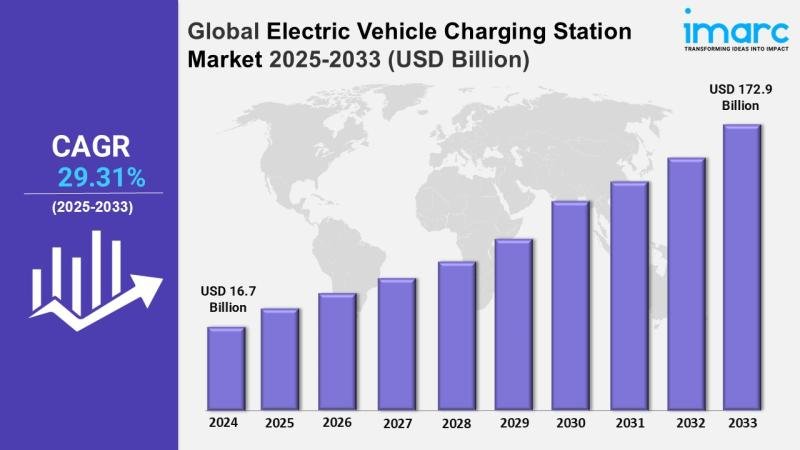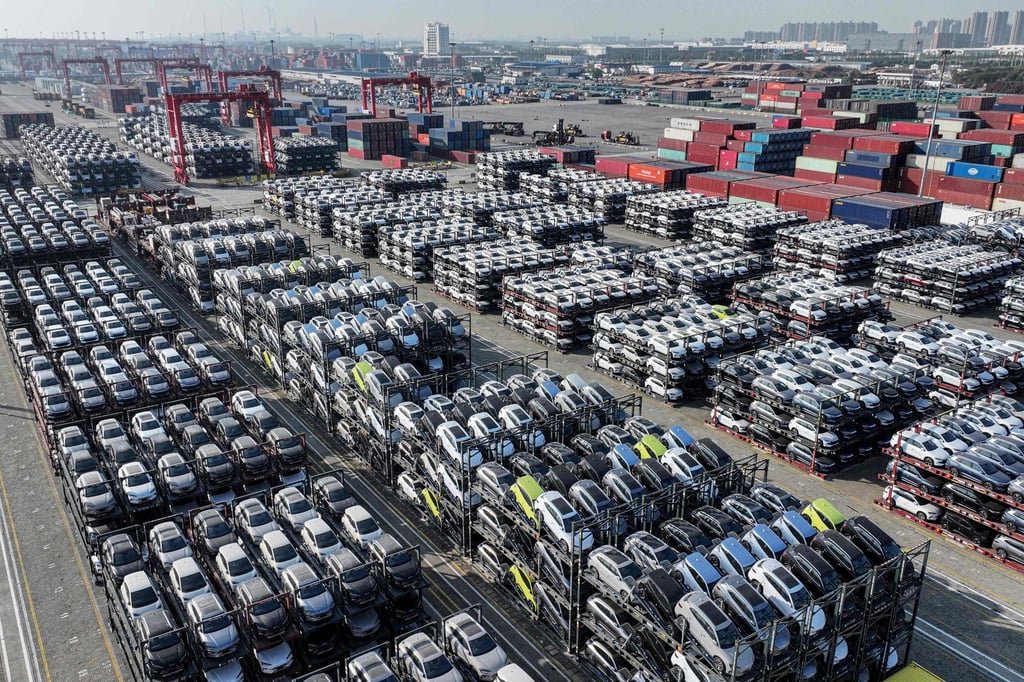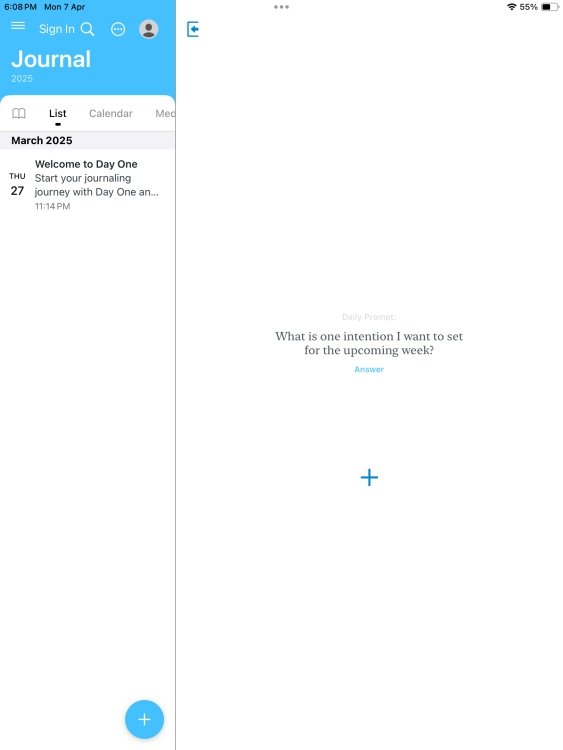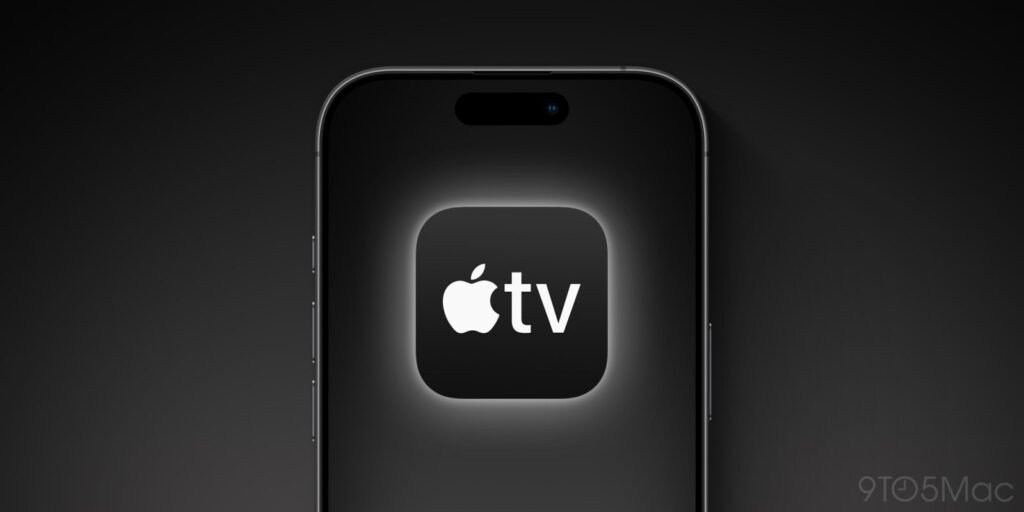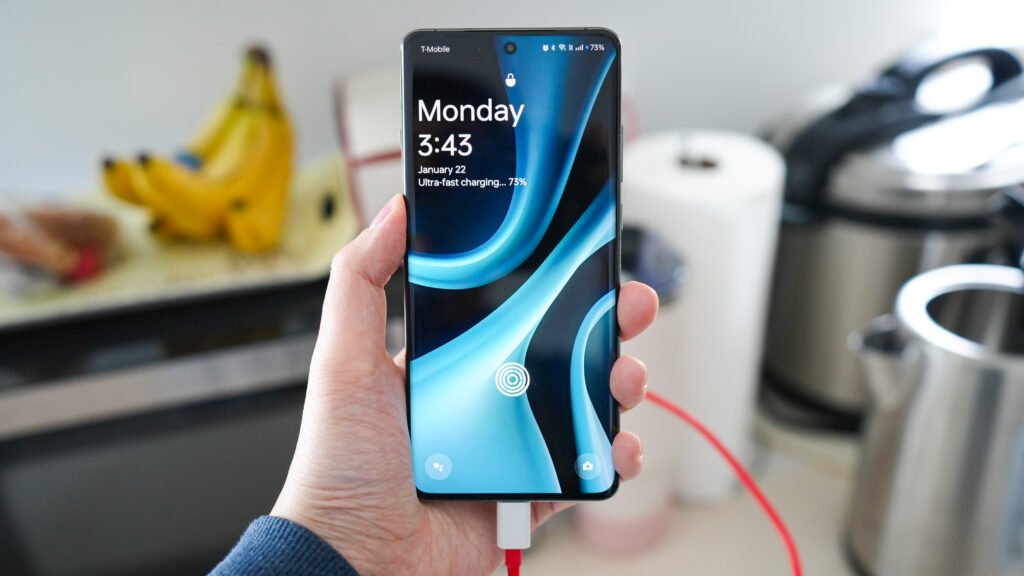
Edgar Cervantes / Android Authority
TL;DR
- Google Play Store has lost nearly half of its apps since early 2024, dropping from 3.4 million to around 1.8 million.
- The sharp decline follows stricter quality policies that removed low-functionality, spammy, or deceptive apps.
- Despite fewer overall titles, app development activity remains strong with over 10,000 new releases this year.
If you feel like the Google Play Store looks a little less crowded these days, you are not imagining it. A major cleanup over the past year has cut nearly half the apps from the Android marketplace, according to new data shared by app intelligence firm Appfigures. (h/t: TechCrunch)
At the start of 2024, Google Play hosted roughly 3.4 million apps worldwide. Fast forward to today, and that number has dropped to about 1.8 million, representing a 47% decline. Appfigures pointed out that this isn’t part of a broader industry trend, either. Apple’s App Store, for instance, saw a slight uptick in apps during the same period, growing from 1.6 million to 1.64 million apps.
So what’s behind the shrinking Play Store? It all goes back to July 2024, when Google decided to tighten its policies around app quality. Back then, Google announced it would start banning not just broken apps that crashed or refused to open, but also apps that offered “limited functionality and content.” That meant clearing out static apps with no real features, apps that simply displayed a PDF file, apps that offered only a single wallpaper, and apps that didn’t seem to do anything at all.
For years, Google’s lighter app review process, often relying on automated checks and malware scans instead of hands-on human review, led to the Play Store being flooded with low-quality apps. Meanwhile, Apple has long enforced more stringent standards before allowing apps onto its platform. By raising the bar, Google aims to make it easier for users to find high-quality apps without having to wade through scams, spam, or abandoned projects.
Speaking to TechCrunch, Google confirmed that the tougher rules, along with stricter developer verification, mandatory testing for new accounts, and expanded human reviews, played a big role in the sharp decline. The company also pointed to broader efforts made in 2024, including AI tools for threat detection, stronger privacy protections, and upgraded developer tools.
All these measures seem to be paying off. Google says it blocked 2.36 million apps that violated Play Store policies before they even launched, and banned over 158,000 developer accounts linked to harmful behavior.
There are a few other factors at play as well. This February, a new rule from the European Union forced developers to publicly list their names and addresses in app listings, or risk being delisted across EU markets. However, Apple faced the same requirement and still managed to grow its app catalog, suggesting that Google’s internal cleanup had a far greater impact.
Interestingly, Appfigures noted that the Play Store’s app count had already started declining before the official crackdown last summer, although it remains unclear why. Even so, there are signs that Android app development remains healthy: 10,400 new apps have already launched on the Play Store this year, up 7.1% compared to the same time last year.
Fewer apps might sound worrying at first glance, but for Android users and developers, it could actually mean a better Play Store experience. With less spam and clutter to navigate, finding quality apps might finally get a little easier.

